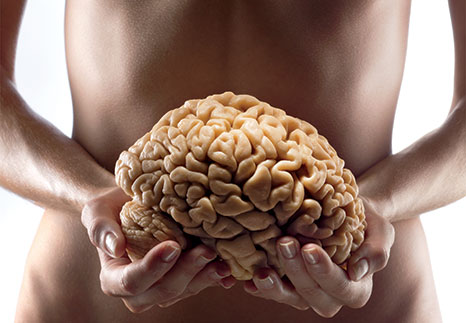
For many of us, relaxation means zoning out in front of the TV at the end of a stressful day. But this does little to reduce the damaging effects of stress. To effectively combat stress, we need to activate the body's natural relaxation response. You can do this by practicing relaxation techniques such as deep breathing, meditation, rhythmic exercise, and yoga. Fitting these activities into your life can help reduce everyday stress and boost your energy and mood.
Some 30 minutes of meditation daily may improve symptoms of anxiety and depression, a new Johns Hopkins analysis of previously published research suggests.
“A lot of people use meditation, but it's not a practice considered part of mainstream medical therapy for anything,” says Madhav Goyal, M.D., M.P.H., an assistant professor in the Division of General Internal Medicine at the Johns Hopkins University School of Medicine and leader of a study published online Jan. 6 in JAMA Internal Medicine. “But in our study, meditation appeared to provide as much relief from some anxiety and depression symptoms as what other studies have found from antidepressants.” These patients did not typically have full-blown anxiety or depression.
Goyal and his colleagues found that so-called “mindfulness meditation” — a form of Buddhist self-awareness designed to focus precise, nonjudgmental attention to the moment at hand — also showed promise in alleviating some pain symptoms as well as stress. …
Rhythmic exercise—such as running, walking, rowing, or cycling—is most effective at relieving stress when performed with relaxation in mind. As with meditation, mindfulness requires being fully engaged in the present moment, focusing your mind on how your body feels right now. As you exercise, focus on the physicality of your body’s movement and how your breathing complements that movement. If your mind wanders to other thoughts, gently return to focusing on your breathing and movement.
If walking or running, for example, focus on each step—the sensation of your feet touching the ground, the rhythm of your breath while moving, and the feeling of the wind against your face.
Please Read this Article at NaturalBlaze.com





Leave a Reply